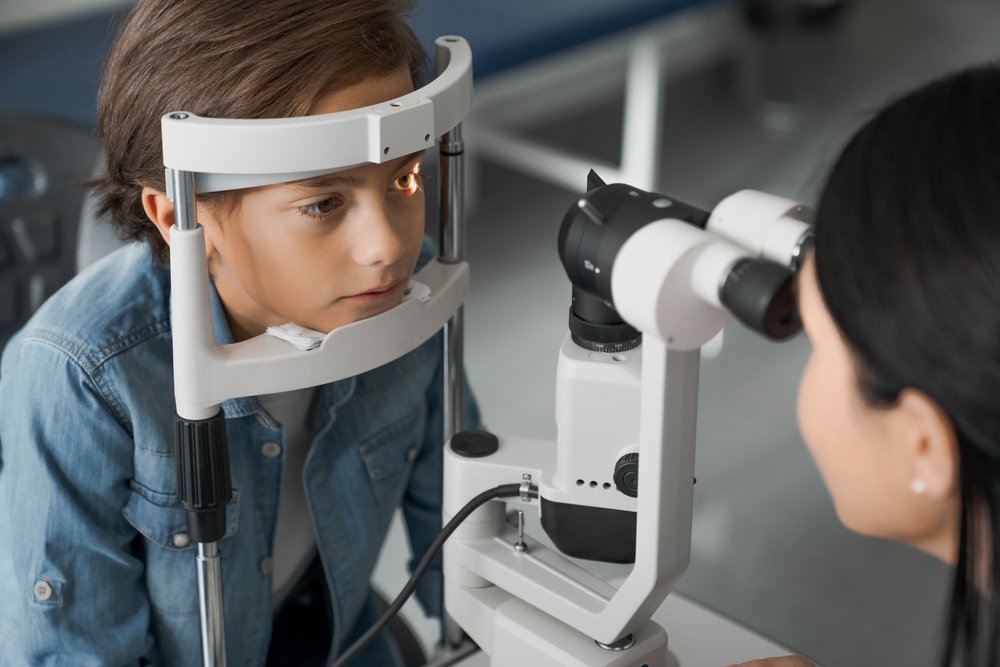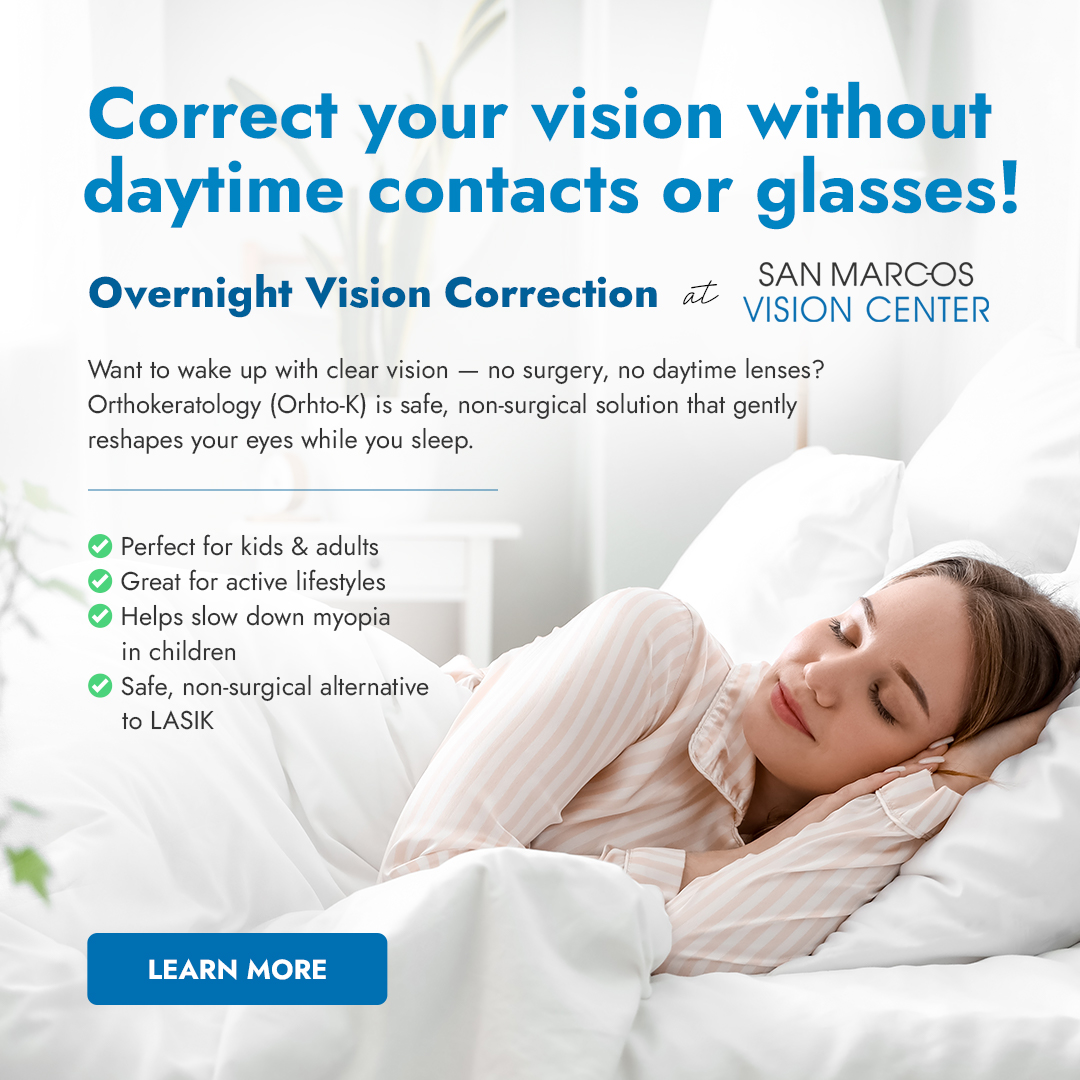
As a parent, it's natural to concern yourself with your child's development in all aspects, including their eyesight. Vision plays a crucial role in how a child perceives the world. With sound pediatric eye care, we can ensure that our children have the best possible start in life.
Common Eye Conditions in Children
It's essential to understand common eye conditions in children. Some of these conditions include refractive errors like myopia (nearsightedness), hyperopia (farsightedness), and astigmatism. These can cause blurry vision at different distances and are typically corrected with glasses or contact lenses.
Another common condition is strabismus, where the eyes do not align properly. This can result in double vision or vision loss in one eye if not treated early. Amblyopia or 'lazy eye' is another condition that affects children, where one eye becomes weaker due to lack of use. Early detection and treatment are vital to prevent permanent vision loss.
Recognizing the Warning Signs
Knowing when to take your child for an eye exam can be challenging. However, there are several warning signs that parents should be aware of. These include frequent eye rubbing, squinting, tilting the head to look at objects, difficulty with reading, or complaining of headaches or tired eyes.
Other signs can be more subtle, such as losing interest in activities that require close visual work like reading or coloring, or difficulty in school, which may be due to unrecognized visual problems. Physical signs like an apparent misalignment of the eyes, persistent redness, or excessive tearing can also indicate the need for an eye examination.
It's important to note that these signs do not necessarily mean there's a severe problem. However, they do signal that it's time to consult with a professional about your child's visual health.
Steps in a Pediatric Eye Exam
A pediatric eye exam can seem daunting, especially to a child who has never experienced one before. Understanding the steps can help ease any apprehension. These exams are designed to be child-friendly to keep the child engaged and comfortable.
Firstly, the eye doctor will review your child's medical and family history. Your doctor will conduct various tests to assess visual acuity, eye alignment, eye health, and, in some cases, the child's ability to focus. Depending on the child's age and cooperation, this may include using eye charts with pictures or letters, using tools like a retinoscope to examine the eye's interior, and applying eye drops to dilate the pupils for a more in-depth examination.
Early detection and intervention are crucial for treating many pediatric eye conditions effectively. Therefore, even if your child shows no symptoms, regular eye exams should be part of their healthcare routine.
Ensuring Clear Vision for a Bright Future
Pediatric eye care is an essential aspect of your child's overall health and development. Understanding common eye conditions in children, recognizing the warning signs, knowing when to take your child for an eye exam, and understanding the importance of regular check-ups are all crucial components of ensuring your child's visual health.
Don't wait for a problem to arise, make pediatric eye care a regular part of your child's healthcare routine today. To schedule your child’s eye exam, visit San Marcos Vision Center at our office in San Marcos, Texas. Please call (512) 890-0660 to book an appointment today.

 Specialty Contacts
Specialty Contacts





